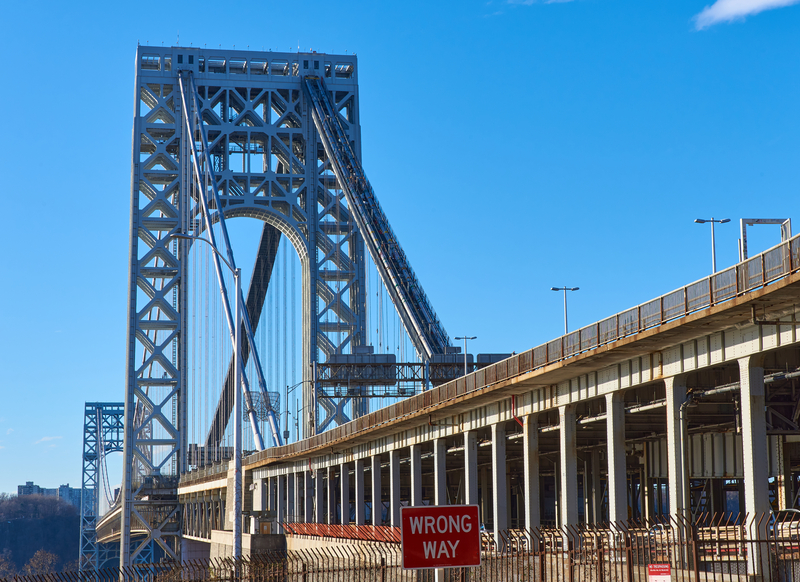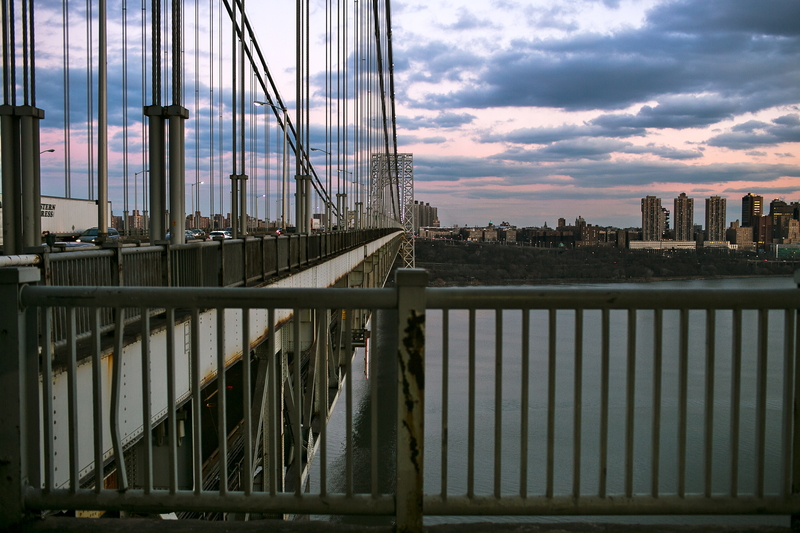New York, NY – It’s one of the most iconic vistas and landmarks in New Jersey, but it’s also a magnet for those who want to end their lives, sadly.
The George Washington Bridge, a notable site for suicide attempts in the New York metropolitan area, has taken significant steps to prevent such tragedies.
The first recorded death by jumping from the bridge was an unintentional incident involving a stunt jumper named Norman J. Terry on September 21, 1930, before the bridge was officially open to the public. The first deliberate suicide occurred shortly after the bridge’s opening, on November 3, 1931.

The bridge has been a focal point for publicized suicide attempts, including a 1994 incident where a caller, identifying as “Prince,” threatened to jump while on the line with The Howard Stern Show; Howard Stern successfully dissuaded him. Additionally, the 2010 suicide of Tyler Clementi brought national focus to the issues of cyberbullying and the challenges faced by LGBT youth. In response to a peak in suicides and attempts in the early 2010s, with 18 deaths in both 2014 and 2015, and a notable decrease to 12 in 2016, the Port Authority has implemented several preventative measures.
In 2017, after reporting 15 deaths and 68 attempts, the Port Authority installed protective netting and an 11-foot-high fence along the bridge’s upper level sidewalks.
These safety features, including a temporary fence erected while the permanent barriers were constructed, aim to deter potential jumpers and save lives. The southern sidewalk was closed temporarily from September to December 2017 to facilitate these installations, demonstrating a proactive approach to addressing this serious issue.
